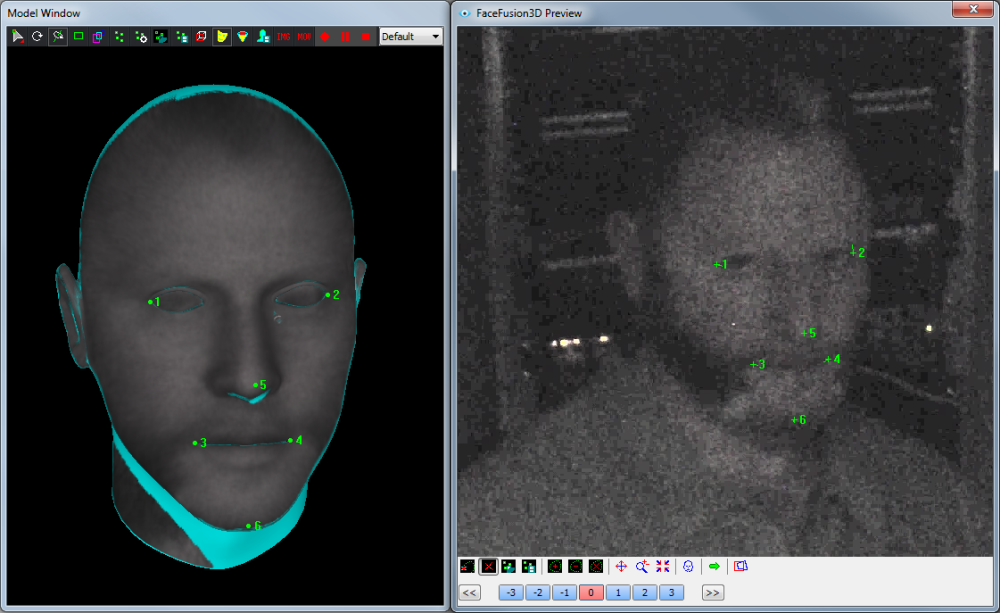Introduction
Have you ever wondered how investigators accurately measure and document crime scenes? In this article, we will delve into the fascinating world of crime scene measurement tools and techniques. Whether you are a true crime enthusiast, a forensic science student, or simply curious about the science behind crime scene investigations, this guide will provide you with valuable insights.
Why Accurate Measurement Matters
Accurate measurement of crime scenes is crucial for several reasons. First and foremost, it helps investigators recreate the events that took place and establish a timeline of events. Additionally, precise measurements aid in the analysis of physical evidence, such as blood spatter patterns, bullet trajectories, and footprint impressions. By using the right tools and techniques, investigators can gather reliable data that can be used in court to support their findings.
The Essential Tools of Crime Scene Measurement
1. Tape Measures
Tape measures are a staple tool in crime scene investigations. They allow investigators to measure distances, dimensions, and angles with precision. Look for tape measures with a locking mechanism to ensure accurate measurements.
2. Laser Distance Meters
Laser distance meters are a game-changer in crime scene investigations. These handheld devices use laser technology to quickly and accurately measure distances. They are especially useful in large crime scenes or outdoor environments where traditional tape measures may be impractical.
3. Total Stations
Total stations are advanced surveying instruments that combine a theodolite, electronic distance meter, and data collector. They are used to measure angles, distances, and elevations with high accuracy. Total stations are commonly used in complex crime scenes or when precise 3D measurements are required.
4. Photogrammetry Software
Photogrammetry software allows investigators to create 3D models of crime scenes using photographs. By analyzing the images and extracting measurements from them, investigators can reconstruct the scene digitally and explore different perspectives. This technology is particularly useful in cases where the physical crime scene has been altered or destroyed.
Conclusion
Crime scene measurement tools play a crucial role in the investigation and analysis of criminal cases. From tape measures to laser distance meters and photogrammetry software, these tools enable investigators to gather accurate data, reconstruct crime scenes, and present compelling evidence in court. By understanding the importance of precise measurements and staying updated on the latest tools and techniques, forensic investigators can enhance their investigative skills and contribute to the resolution of criminal cases.

